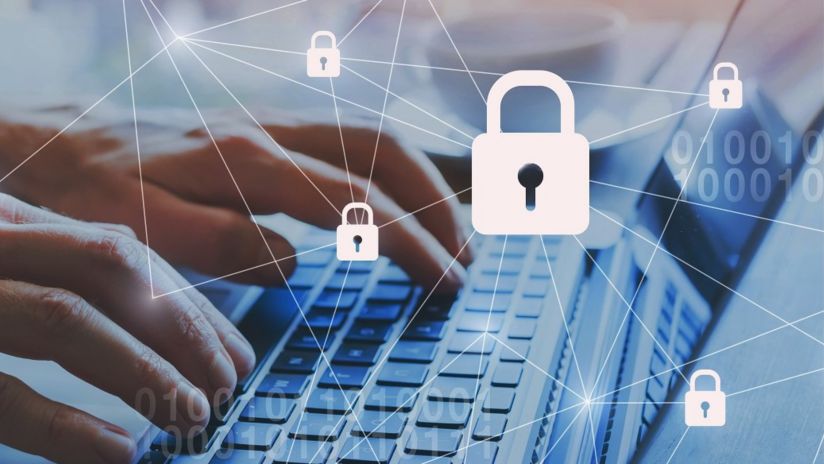Digital Innovation and its Security Implications across Government

The Federal Government has set the goal for Australia to be the most cyber secure nation in the world by 2030.1Refer to references at end of content
Make no mistake, it’s an ambitious target encompassing sovereign capabilities, and strengthening both critical infrastructure and government systems. At the same time, federal and state government are still committed to delivering innovative, robust, stable, and secure citizen experiences. Emphasis on the word: Secure.
And that’s the thing. Innovation is great and offers a lot of opportunity but for cyber security professionals it also comes with a massive learning curve and a significant uplift to ensure security remains robust. Unfortunately, that’s where we end up with the all-too-familiar narrative, either:
- Security becomes the handbrake to happiness, not allowing the organisation to move at the pace required… a blocker, rather than a contributor; or
- Security allows the organisation to move too fast, uncovering a vulnerability that no one saw coming, simply because we hadn’t had the time to research and learn.
A fascinating, current example is ChatGPT, and the response we’re seeing across organisations, both public and private. It’s a great innovative concept and will become pervasive very quickly. The question is how to deal with it: what data sources can it get access to? How can it interact? What policies are going to be put over the top? It’s not a one-size-fits-all answer.
I find enabling digital growth whilst mitigating risk is akin to a balancing act. A narrow path, sure. But it’s an area I feel passionate about. When I was CISO for Services Australia, that was my primary goal: to build this interaction between the Federal Government and Australian citizens, and working in the trenches, dealing with issues across the tech stack, digital identity, privacy, and yes, cyber security.
And since moving to Telstra, the goal feels very similar: we’re protecting the national telco. It’s one of the most critical systems that the country has, and we need to keep those lights on from a cyber perspective whilst continually innovating. Telstra’s history, born of public sector back in the day, and its size and complexity means that in many ways, the security tools, capabilities and mitigants you need to put in place are more similar than different.
What we do at Telstra impacts the lives of everyday Australians in some way – whether it’s tackling scam calls and SMS messages, or reducing the delivery of malware via email, or helping to make sure the Telstra network is secure so we can keep Australians connected.
That’s the common denominator between Telstra and government – this shared mission to help build a safe and secure Australian digital landscape so that the next generation – who will rely on the digital economy – can maximise the opportunities that a connected world brings.
And the most cyber secure nation by 2030? We’re up for it.
[1] Source: 2023-2030 Australian Cyber Security Strategy, Australian Department of Home Affairs


